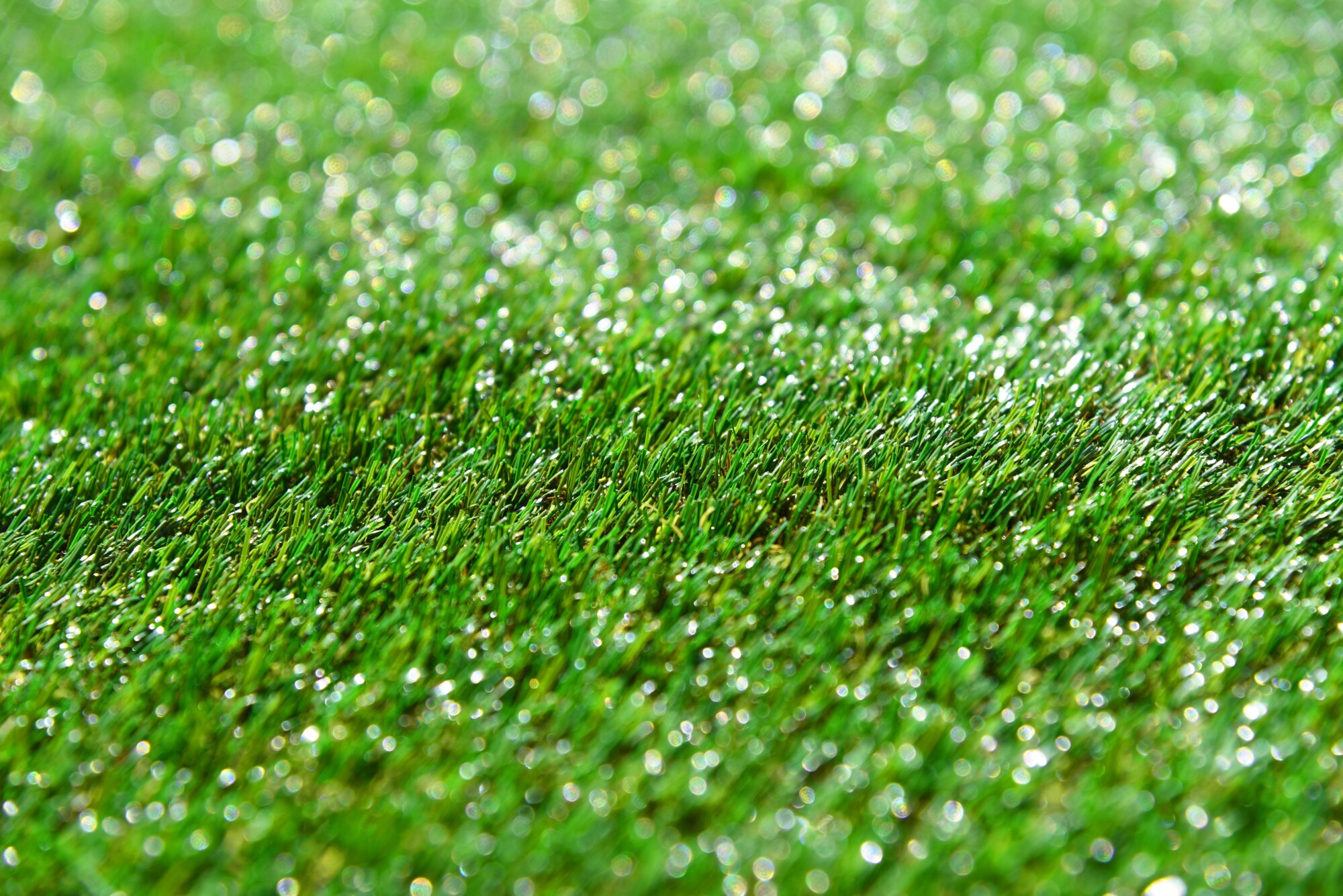
The average lawn has at least 6 different grasses. They only give a unified appearance because of their similar colors and size.
Some homeowners may only plant 1 type of lawn grass. This is a common lawn care mistake. Grass variety rotation is necessary to replenish nutrients.
Read on to learn how to choose the right lawn grasses.
Lawn Grass Options
Almost every type of grass fits into 1 of 2 categories; warm or cool-season. Mixing them can be useful, but knowing what each one requires helps you find the right ones for your yard.
Cool-Season Grasses
Cool-season grasses thrive in spring and fall. They can handle cool climates but don’t do well in heat and tend to get brown in the summer.
Kentucky Bluegrass is a common option in most regions. It thrives in direct sunlight but won’t tolerate shade.
Perennial Ryegrass goes well with Bluegrass. It also has a high tolerance for activity in homes with families or pets.
Fine Fescue and Tall Fescue aren’t as attractive as other cool-season grasses but are some of the easiest to care for. They can handle shade and drought, making them perfect for lawns that don’t get direct sunlight or regular rainfall.
Warm-Season Grasses
Warm-season grasses thrive in the summer. They go dormant in the cold or areas with little rain.
Bermudagrass is common in the South but versatile enough to grow in almost any soil. It’s common on golf courses and sports grounds because it’s tolerant of activity and easy to maintain.
St. Augustinegrass is a great choice if you want a lush, thick lawn. It does require more maintenance than many other types of grass.
Seashore Paspalum or seagrass is great for warm and salty coastal areas with high activity. It does take time to grow but can eventually cover large areas.
Centipedegrass is also known as “lazy man’s grass” because it requires little maintenance. It grows in thick patches, doesn’t invite pests or lawn disease, and is resistant to activity.
Zoysiagrass is thick enough to look great and choke out weeds. It lies dormant for a while and needs to be dethatched every year, so don’t choose it if you want a year-long green lawn with low-maintenance grass.
Buffalo grass may or may not be the best option for you depending on where you live. It has a weak root system that makes it unsuitable for areas with frequent droughts. It also needs regular watering.
Choosing the Right Type of Lawn Grass
Choosing the correct grass starts by asking where you live. Warm-season grasses work best in the Southern Zone, cool-season grasses thrive in the Northern Zone, and both types work in the Transition Zone. The humidity and acidity levels of your lawn also affect which type of lawn grass you should choose.
Think about the activity level on your lawn as well. Find a type of lawn grass that can withstand friends and family walking over it.
Maintenance is another issue when choosing grass seed. Southerners spend 510 hours of their lives mowing their lawn, with Northerners and Westerners averaging 490. Consider how much time you’re prepared to spend.
Where to Find Lawn Care Help
Choosing the right type of lawn grass starts with considering where you live. You’ll need to find one that can handle the temperature, sunlight, and acidity level of your lawn.
Other important factors relate to your daily life. Grasses differ in the amount of activity they can handle and the maintenance they require.
Granulawn is here to help with all your lawn care needs, including fertilization, pest control, and more. Get a free estimate today.